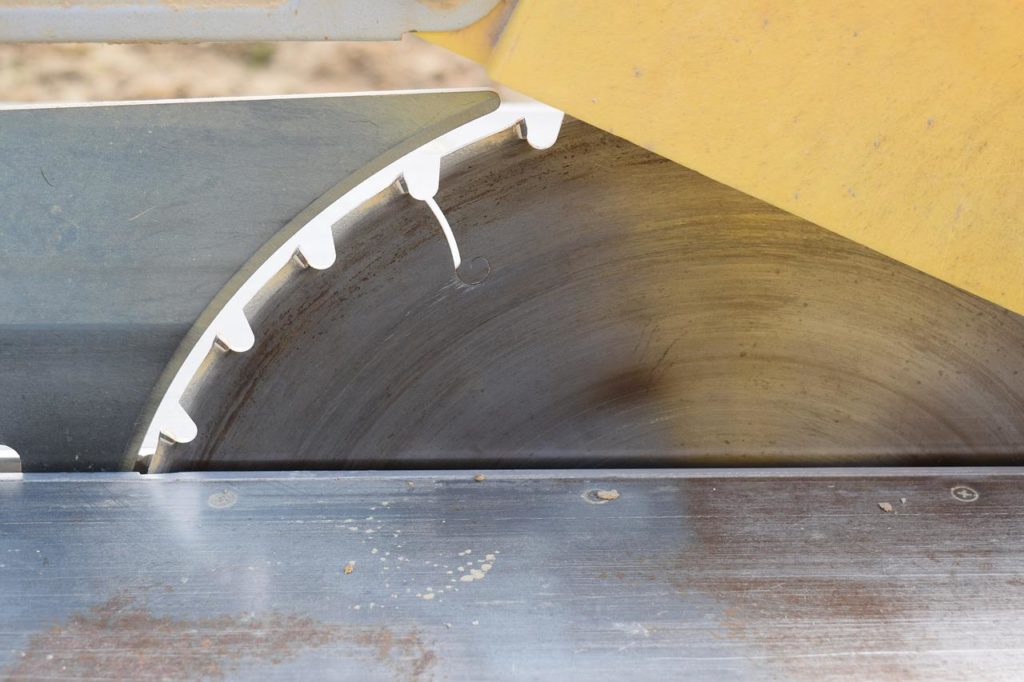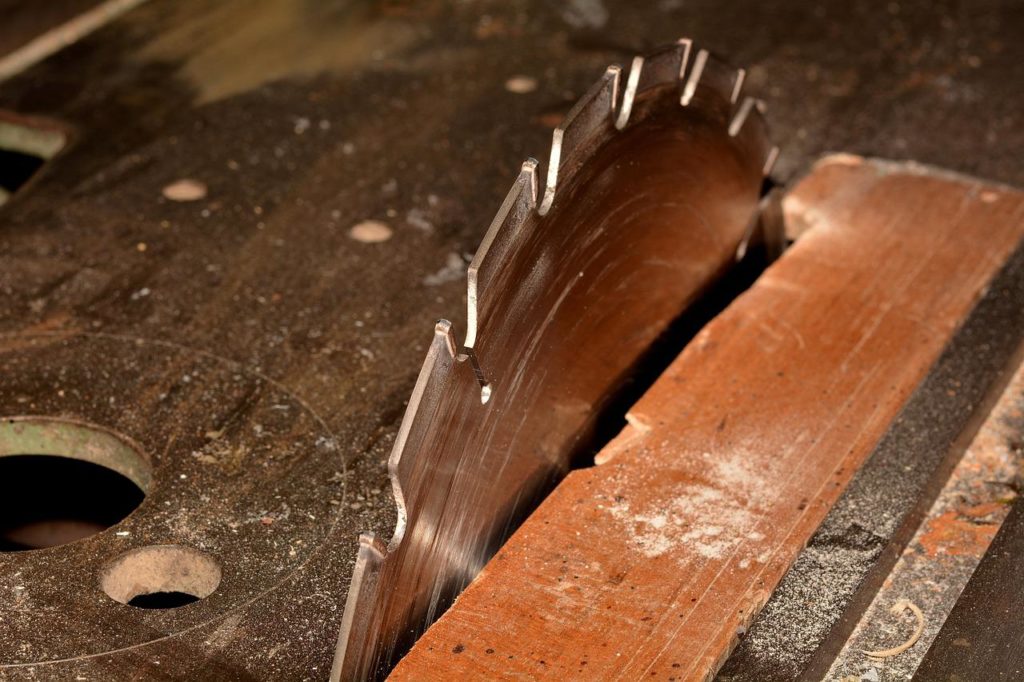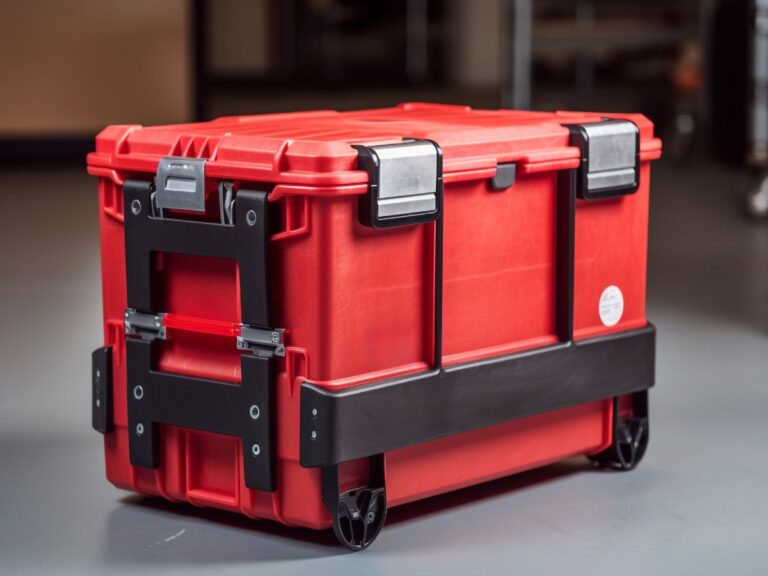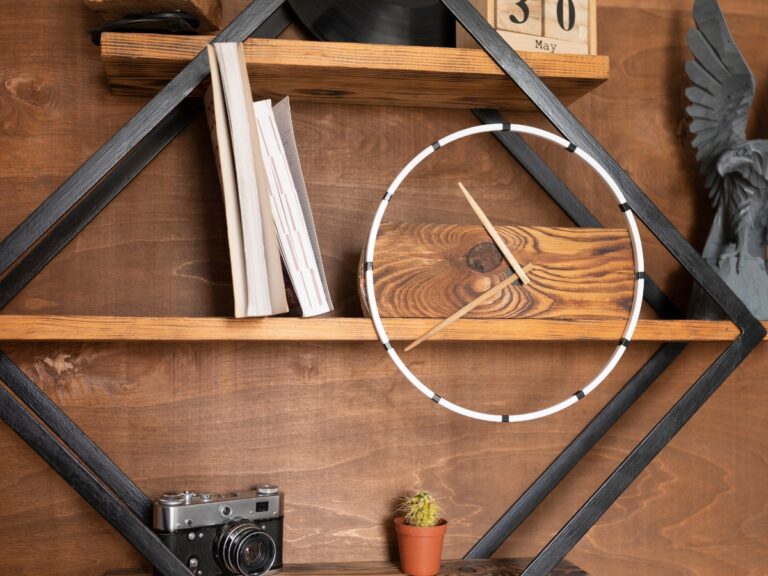Are you tired of battling clutter or yearning for a...
Read MoreThe Ultimate Guide to Table Saw Safety Features
- WWPN Staff
The table saw is an exciting woodworking tool. It’s fast, it’s accurate and very powerful. Any serious woodworker would definitely want to add a table saw to their power tool arsenal.
However, the very reasons that make the table saw desirable are what make it so dangerous. It’s powerful and has a fast and sharp blade. Any small act of negligence on your part may result in lost body parts and a bloody mess. The US National Library of Medicine reports an annual average of 30,000 table saw injuries in the US. To protect against injury, table saws have the following in-built features:
Blade Guard or Shields
The saw shields are mostly clear plastic movable parts hinged on each side of the blade. These shields or guards protect your fingers when you’re sliding through the material to be cut.
Please be warned. Since they are movable, the shields or guards do not stop your fingers from getting to the blade. They only act as an early warning system that your fingers have gotten too close to the rotating blade.
The guards or shields should only be removed when you’re making a non-through cut such as a groove or a dado cut. They may also be removed when making an angled cut such as a bevel cut.
Table Saw Lifting Mechanism
The table saw blade lever or crank or lifting mechanism moves the blade up and down to adjust the blade height. This allows the user to cut through thick boards as well as thin boards. Adjusting the height of the blade is also a safety feature.
It is advisable to keep the blade below table level when not in use. Even when cutting through a board, only raise the blade about 1/8 of an inch above the board. This leaves minimal exposed saw teeth.
Fence
A table saw fence is a vertical installation that locks parallel to the blade. The fence allows accurate measuring, straight clean cuts, and safety against slippage and kickback. The fence is great for run cuts but not cross cuts.
Miter Gauge
A miter gauge works like a fence, except it gives you the ability to adjust angles. Miter gauges are best for cross cuts. Like a fence, a miter gauge protects against slippage and kickback.
Anti-Kickback Pawls
Sliding a piece of wood through a table saw often results in kickbacks. This is when the saw grips the wood and literally throws it off the table. For this reason, many table saws come with anti-kickback pawls.
Anti-kickback pawls are attachments that grip the wood to reduce the chances of kickback. A sudden kickback can at best result in a poorly cut piece of wood. At worst, it may result in a dangerous encounter with the blade and a trip to the emergency room.
Anti-kickback pawls look a lot like the blade, except they don’t rotate. The pawls are right behind the blade. It prevents kickback by gripping the sliding wood and allowing movement only in the direction opposite to the movement of the blade.
Splitter
The action of cutting a board may have two different effects. One, the two sides of the wood may split in opposite directions, resulting in two well-cut distinct pieces. Two, the two sides may pinch back together right after passing through the saw. This is where a splitter comes in.
The splitter is a piece of steel shaped like a shark fin. It sits right behind the blade and acts as a wedge to ensure that the two pieces remain separate. If they pinch close together the pinched part may hold the edge of the saw blade and cause jamming. This may result in a kickback.

Riving Knife
A riving knife works with the anti-kickback pawls to stop or reduce kickback. A riving knife is a more advanced type of splitter. While a splitter doesn’t typically change the height, you can easily adjust the height of a riving knife.
Another difference is that a splitter almost always stands tall above the saw. On the other hand, a riving knife’s top sits right below the height of the saw. This enables one to use a riving knife even when you’re making a non-through cut such as a dado or rabbet cut.
Most older table saws made before 2014 come with a splitter, while those made after 2014 come with a riving knife. This is due to the UL-listing by the Underwriters Laboratories made in 2008 which requires all table saws made from the year 2014 to have riving knives.
Dust Collector
A table saw dust collector protects your eyes from debris and your nose from inhaling sawn-off wood dust. The dust collector also keeps your saw’s moving parts clean, minimizing sudden stops and kickbacks.
Push Stick
This is used to push the last part of the wood through the saw. This ensures your hand always stays far away from the blades. Nonetheless, a push stick doesn’t come standard with all table saw makes. You might have to purchase one separately.
Cartridge
The cartridge protects you against electric shock. It works by stopping the movement of the rotating saw in case there is some electrical fault.
You may have to switch to different cartridges depending on the size of the blade or the number of blades you’re using. The bigger the blade size the more electric current your table saw will use.
Throat Plate
This is the plate that goes over the table and has a slit where the blade comes through. You can make or buy interchangeable throat plates made out of wood or plastic. You switch out the throat plates depending on the width you want to cut and the angle of the cut. Most throat plates have a wide slot for general cutting. You may also get a zero-clearance throat plate for cutting materials that splinter.
For example, you may want to make a dado cut of 4 inches. This may require you to put in more than one blade to achieve a smooth dado cut. You will want a throat plate that has a 4-inch wide slit.
You want a throat plate that touches the edges of the saw on both sides. This avoids slippage so your dado cut will be even all through from the front to the back.
Also, you want the throat plate touching the edges to avoid wood splintering. The splinters make the cut uneven, especially when you’re working with plywood. Splintering also results in extra dust and more risk of debris flying into your eyes or mouth.

Sensors
Some table saw manufacturers have their own patented solutions to table saw safety. One example is SawStop, a leading US manufacturer. They use SawStop technology to make best table saws. SawStop technology works by sensing the proximity of a human body near the blade, then automatically shutting off.
The rotating blade of every table saw carries some small electric charge. When a human body comes close to the blade, the electrical charge changes. This change in electric charge triggers the safety system.
The safety system works by instantly dropping a brake spring in the blade’s path. This stops the blade rotation while at the same time the system shuts off the blade’s motor. The blade also lowers down beneath the table, reducing the risk of further harm.
Conclusion
Table saw injuries are often bloody and result in permanent tendon and nerve damage. In extreme cases, which are also all too common, injuries lead to loss of limb. It’s imperative that woodworkers learn what each part of the table saw does and how to use each part to enhance their safety. Even as technology introduces new safety measures, woodworkers should always practice all the safety guidelines outlined in this article.




